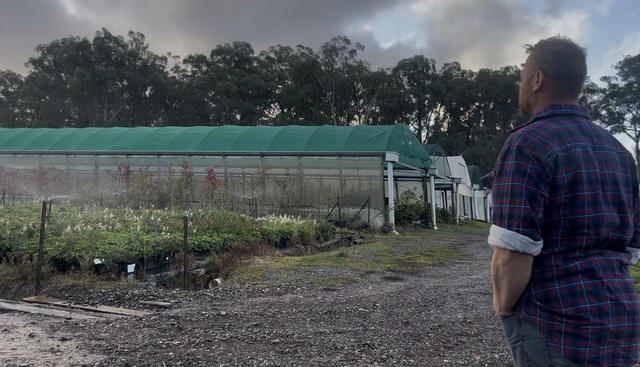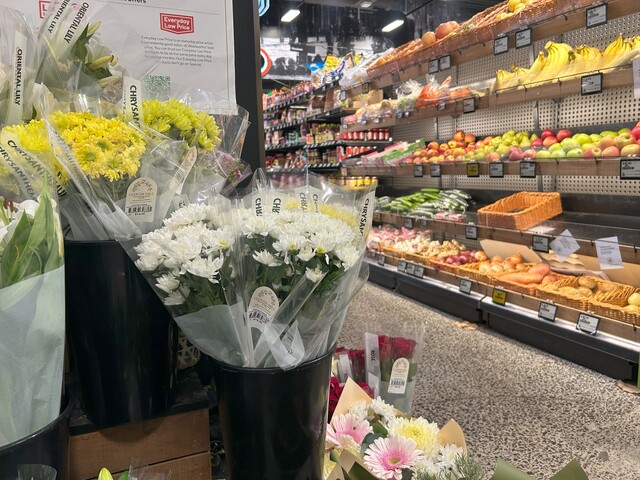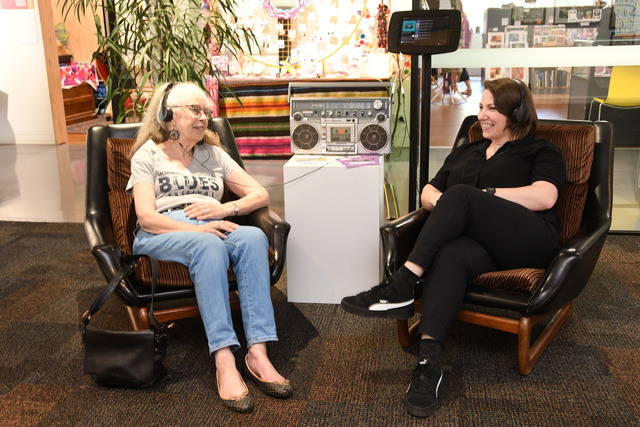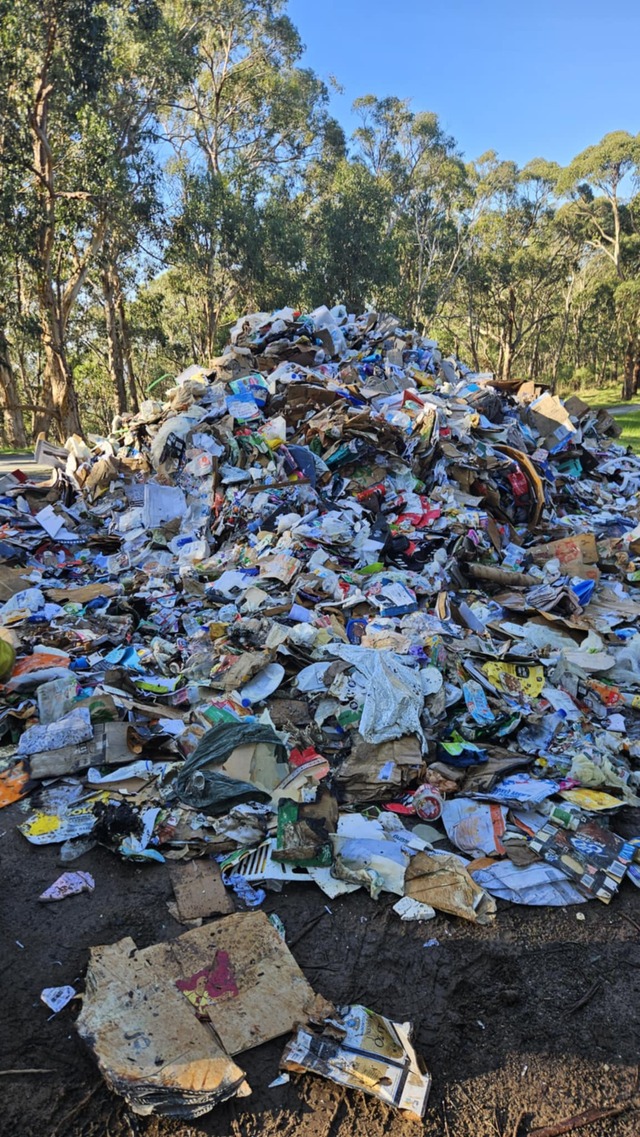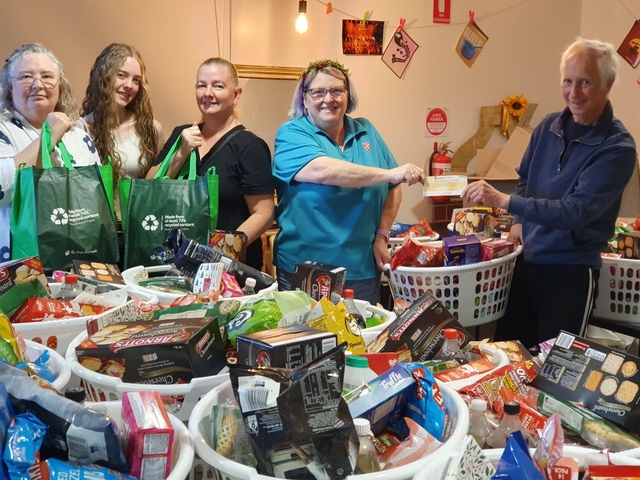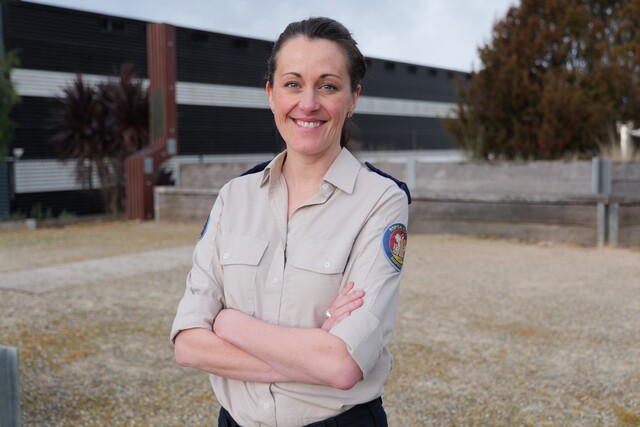While Australia’s best receive a beautiful bunch of blooms for all the greatest occasions, the looming secret about where they come from is unknown to most.
Yet, it isn’t unknown to residents in Monbulk, as it’s where the majority of the Australian flower trade exists.
Monbulk is deemed the “flower capital” of Victoria, where locals all around are proud of that fact.
However, the looming presence of flowers imported from overseas is putting a damper on the local industry.
According to Flower Industry Australia’s data, roughly 50 per cent of the flowers sold in Australia are imported.
The flowers usually come from countries such as Kenya, Ecuador, China, Malaysia and Colombia. Here, workers have fewer rights, meaning lower costs for labour.
The flowers are flown in every day and have to pass Australia’s strict biosecurity laws, the laws of which these flowers are at a higher risk of breaking.
Despite the long process these flowers go through, they are still cheaper than a bunch grown in Monbulk, with the price of a stem being 14 cents compared to the $4 local stem.
“It’s a shame that we’re able to bring stuff in cheaper than what it costs a grower here and that definitely has an impact on a number of crops and a number of people that I know, for sure,” flower farmer Greg Van Berkel said.
Mr Van Berkel grew up around the industry, growing dahlias and, like many flower farmers based in Monbulk, is part of a generational practice of growing and distributing flowers all around Australia.
“A lot of those family growers keep going for a long time, so people who have farms or flower farms, they keep going for a long long time,” Mr Van Berkel said.
However, despite the flower businesses that have been passed down from generation to generation, the local supply has been passed over in favour of cheaper flowers.
Wholesalers who sell products from farms in Monbulk have also had to source their flowers from overseas simply because of the undeniable price.
The issue roots from the lack of transparency. Currently, there is no way to tell where flowers come from. The regulations around labelling don’t exist and are up to florists and sellers to disclose themselves.
Meaning that when both imported and locally grown flowers sit on the shelf, there is no way to tell the difference.
Florists and sellers have combatted this issue by making it their business ethos to sell only local farmers’ flowers.
Maggie Kinross, a florist at the Road Stall, a shop located in Melbourne’s CBD, which stemmed from a roadside shop in Monbulk, only uses flowers from farms in the town as well as surrounding areas.
“We use local farmers, from places like Monbulk… we know especially where the flowers are coming from,” Ms Kinross said.
The lack of transparency about where flowers come from is what is driving imported flowers to the shelves, where consumers pick them up with no idea that it may be affecting the local industry.
For now, it is up to customers to source out locally grown flowers, as there are currently no plans to change any government regulations.

